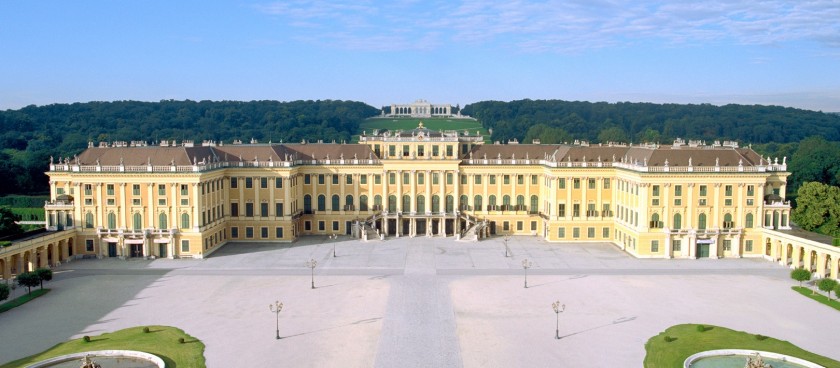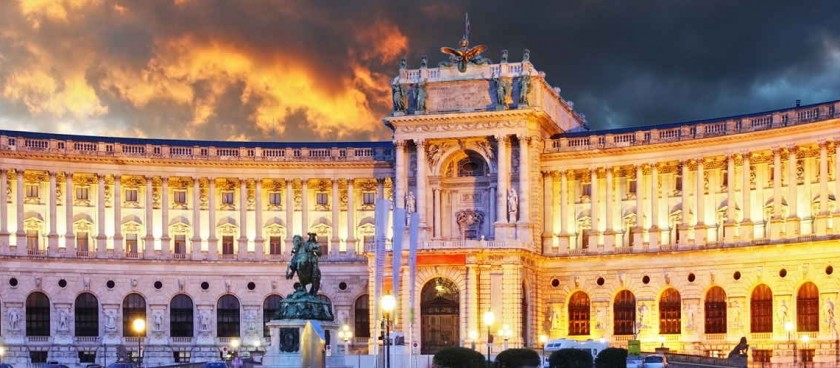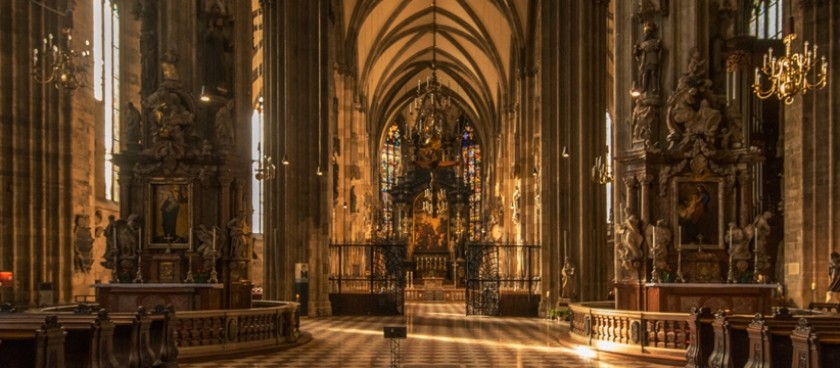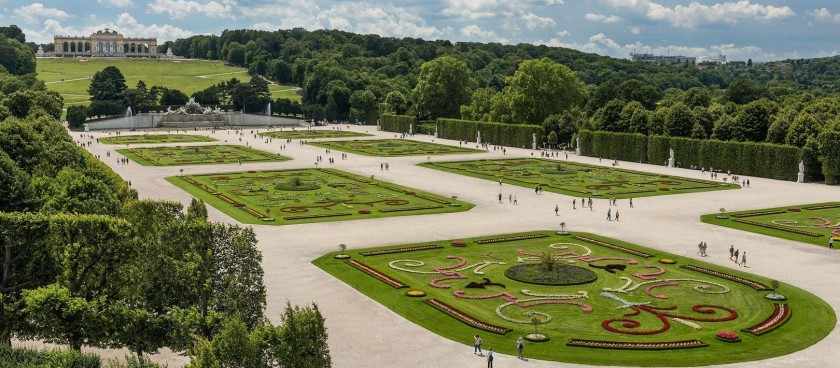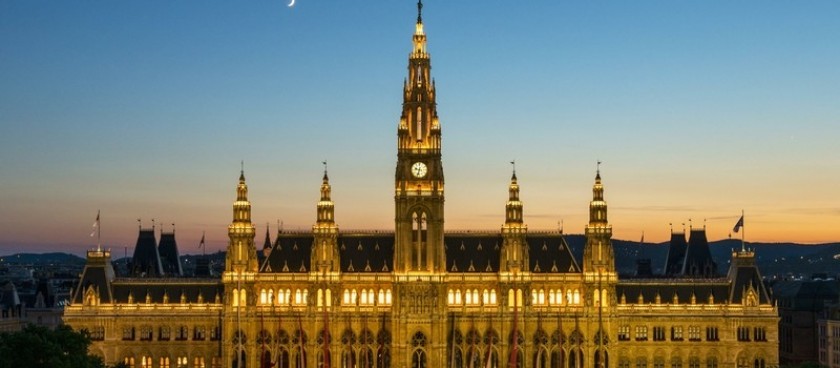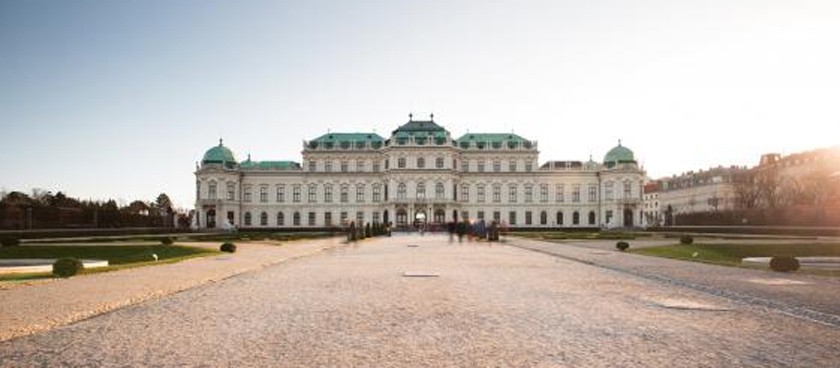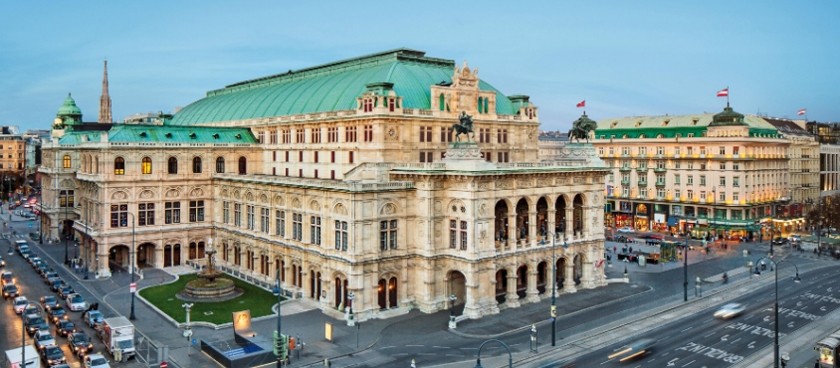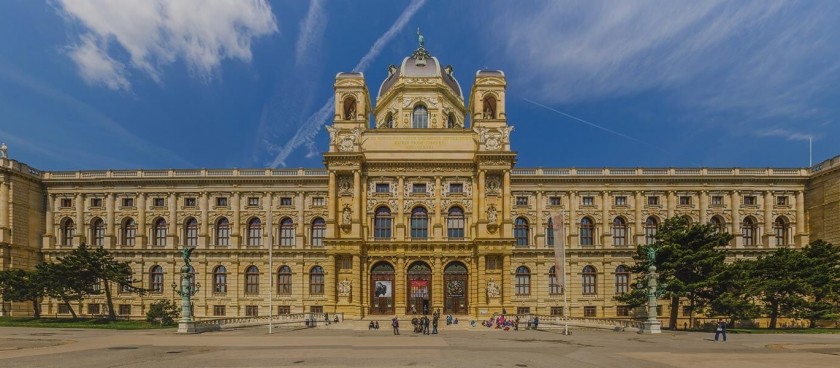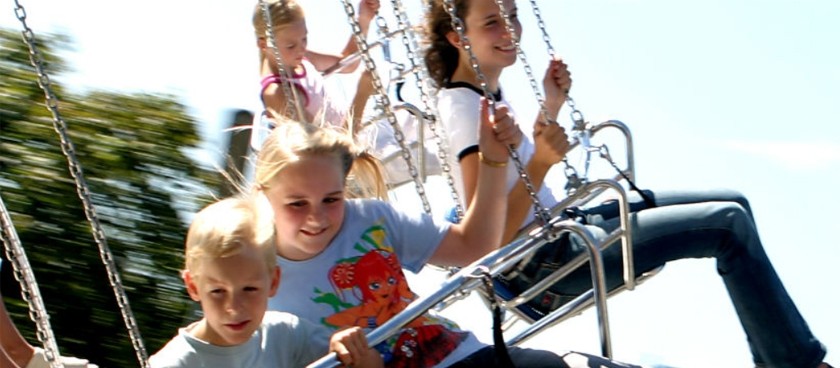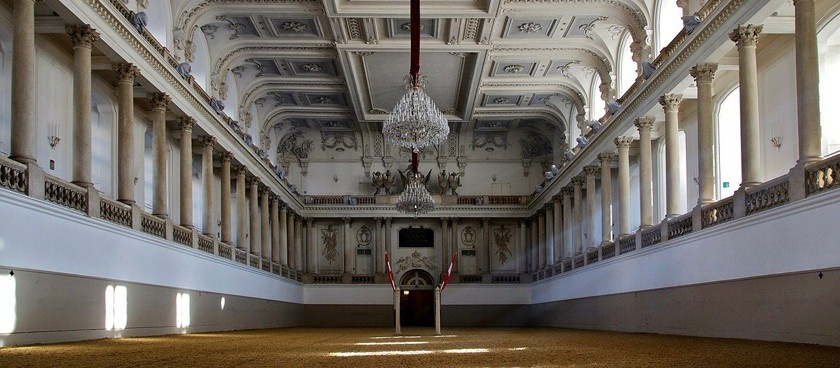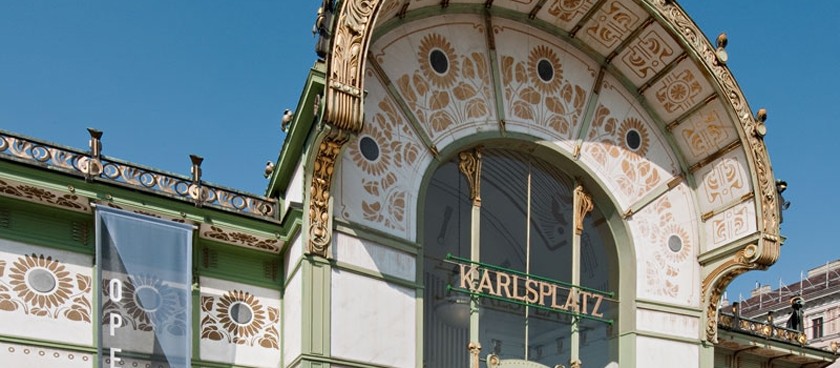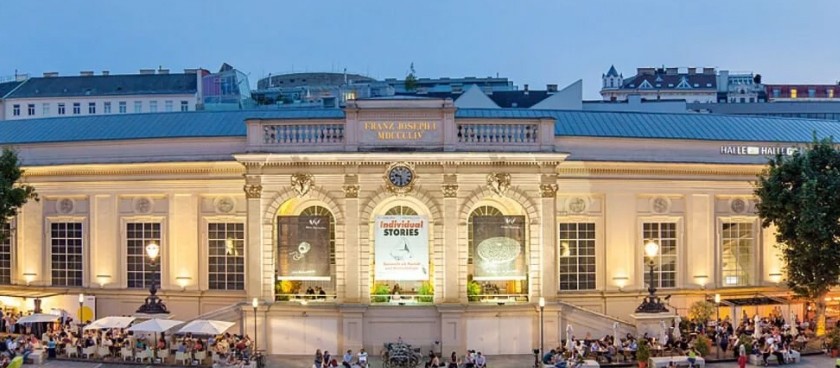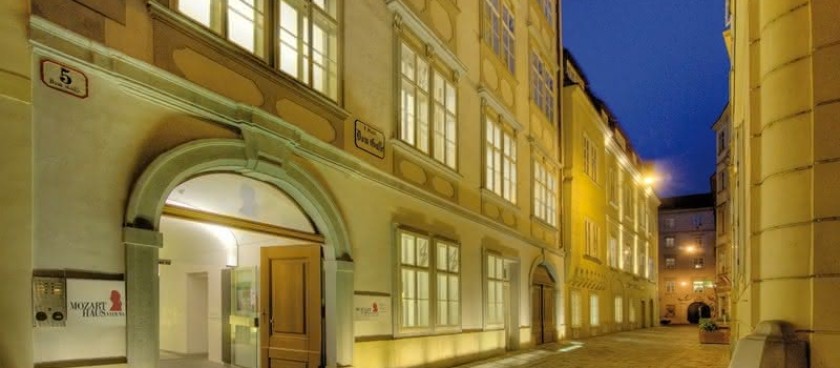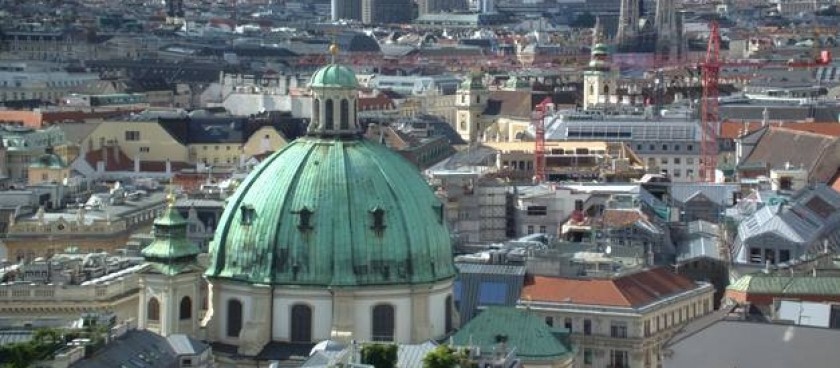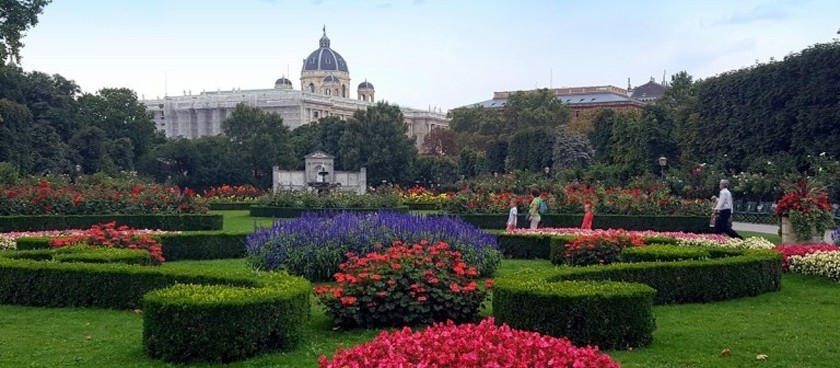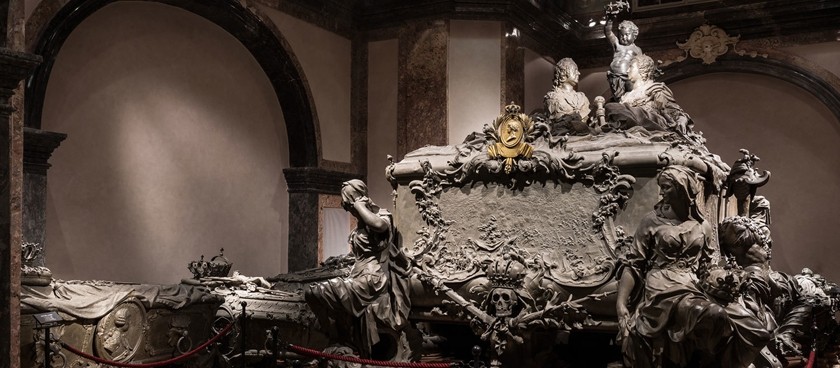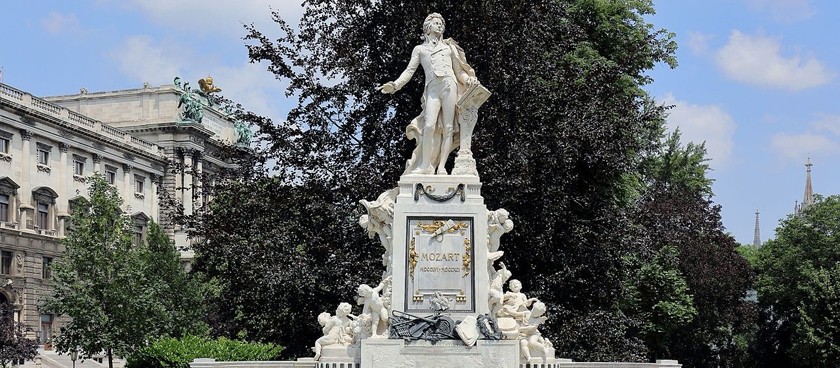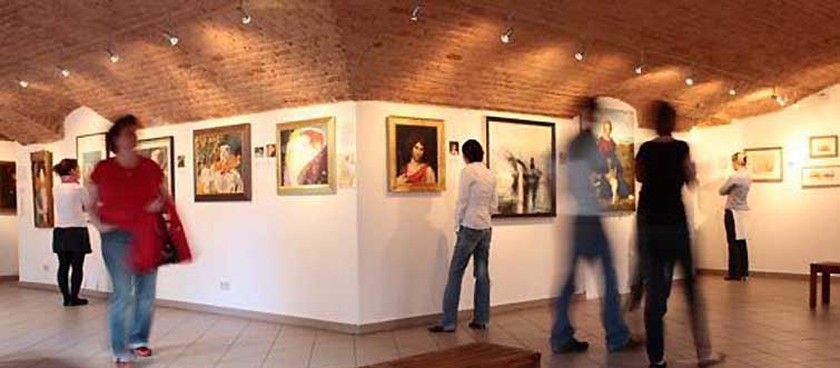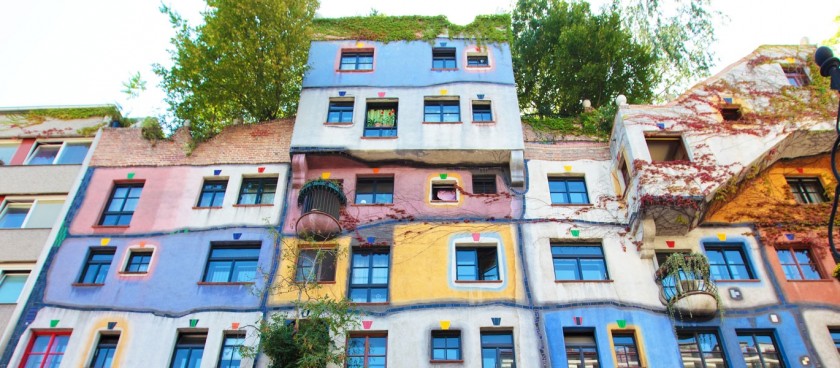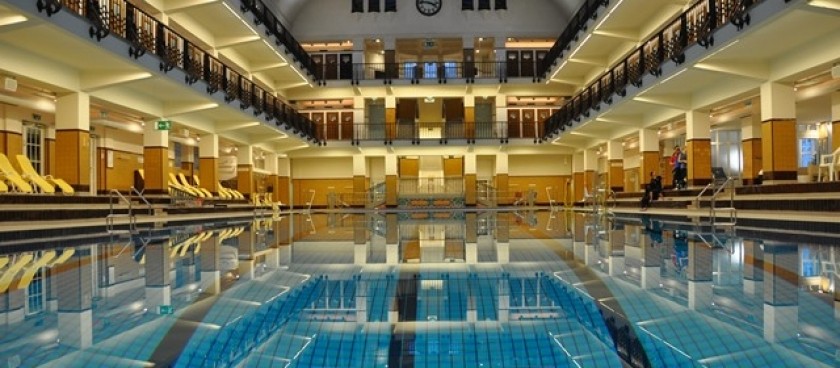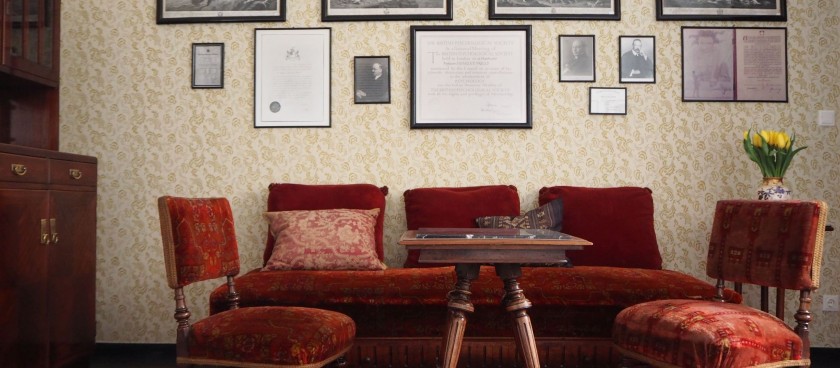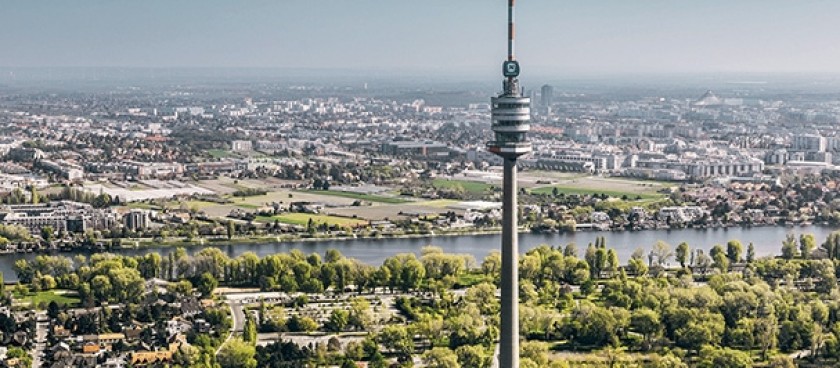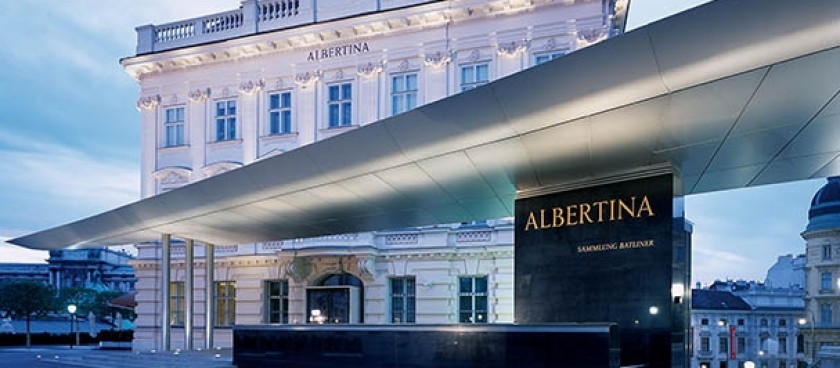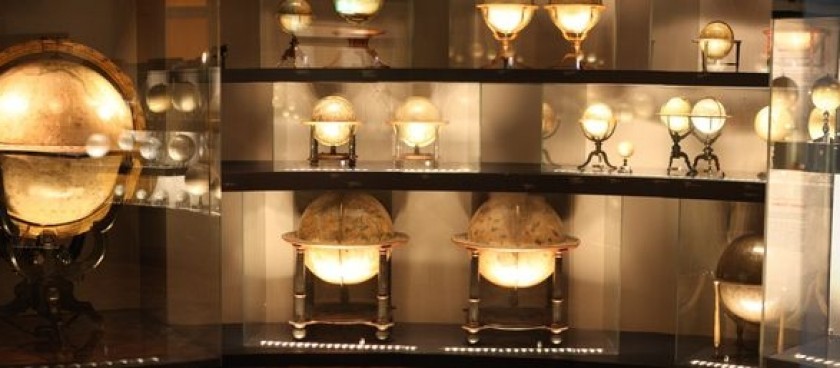Best places to visit in Austria
There are 26 places to visit in AUSTRIA at the moment 26Introduction
Planning an excursion is one thing, making a decision to visit an interesting place like Austria is another thing. A trip to Austria will surely leave you in doubts as to which of the most interesting and beautiful places to visit because Austria is a country blessed with so many places of tourist attractions. They have a nice climate which suits tourism and her people are nice, always ready to welcome strangers at any period in time.
This 83,879 square kilometers sized countries has so many places of attraction, so much that you may likely not be able to visit if you are on a month’s holiday. Their main currency is Euro, which has been in use since 1999- though other books of history claim 2002. Coins and Schillings banknotes are no longer accede as means of payment but are still redeemable and can be exchanged at the Australian National Bank in Vienna.
The official language is German but some other languages are spoken as well.
There are many places truly but there are some places and things you must not for any reason skip or miss vising or doing once you land in Austria. This article will show you a guide of Austria, her people, her environment and also show you some of the best places to visit in Austria while you are in the country.
In addition, you will be shown the best of Austria tourist places, the best time to visit Austria and so on.
Location, climate
Austria, official called “The Republic of Austria” is located in the eastern part of Europe. It is a landlocked country- meaning that it does not have access to the sea or ocean. Nine major federal states form this country. The capital of Austria is Vienna and it is the largest city in the country.
This beautiful landlocked country is bordered Germany in the northwest, in the north by Czech Republic, Slovakia to the northeast, Hungary to the east, Italy and Slovenia to the south, while her western part is bordered by Liechtenstein and Switzerland.
Austria is made up of nine federal states which are; Voralberg, Tyrol, Salzburg, Carinthia, Upper Austria, Lower Austria, Styria, Vienna, and Burgenland. Of all nine states, Vienna is the largest and also serve as the capital city. Most of the country’s arable land are in the Upper Austria, Lower Austria, Vienna, and Burgenland.
Voralberg, though a wealthy alpine state is the smallest of these states. Vienna is the most populated at close to two million populations (1,911,728), followed closely by Lower Austria (1,684,623), Upper Austria (1,490,392), Styria (1,246,576), Tyrol (757,852), Carinthia (561,390), Salzburg (558,479), Voralberg (397,094), and Burgenland (294,466).
Its location in the European heartland makes it lie in a temperature climatic zone. The country’s landscape also contains hills, plains and mountains which makes the weather condition in this country vary most of the time. for instance, the climate in the northern and eastern lowlands is characterized with colder winters and hotter summers. While the southeastern parts witness longer and warmer summers- like that of the Mediterranean.
January is usually the coldest month with the winter snow having falling December till March. There is a bit of increase in the temperature around February and eventually rise further in March. This then results in a hotter summer in the day around 30 degrees Celsius but becomes cool by evening.
May, September, and early October tend to be the driest, while April and November are the wettest. Lightweights wears are recommended during the summer and heavyweights are recommended during the winter. Hence, it is advisable that the best time to visit Austria should be in the summer.
At a height of 3,798 meters, mount GroBglockner is the country’s highest point and Alplesspitze is the lowest point. As far as water is concerned in Austria, it is blessed with an abundance of clean water. It has great water quality and about 50% of the water in the country comes from underground and is drinkable. The remaining 50% comes from springs.
Despite being landlocked Austria is still one of the countries with the best water views. From pools to lakes to beaches and so on. Millstatter See, Worthersee, Erlaufsee and so on are some of the most beautiful water bodies you will see anywhere. With beautiful sights to behold, sounds of rushing, gushing water heard when you visit these place, and the serenity that comes with sitting around these waters, these water bodies are some of the most beautiful places in Austria.
Most interesting places, things to do
There are lots of beautiful and nice places to visit Austria, likewise, there are a host of the most interesting things to do in this beautiful landlocked country. Below is a list of the most interesting places and things to do in Austria.
Below are some of the best Austria tourist attraction
Vienna
This is Austria’s capital and no doubt, the largest city in the country. It is one of the beautiful places in Austria. It is the city that portrays most of the pristine Austrian life and culture the best. Despite this, it still carries a lot of modern flavour with it.
The theatre, ballets, operas, musicals, art galleries, and clubs are other reasons that this city a must for tourists to visit. Also located in this city is the famous site in Vienna, the Schonbrunn Palace, which happens to be Austria’s. The city’s hall- Rathaus Hall and the Vienna Opera Ball at the state opera House are other wonderful sites that make makes the city a must to visit.
Salzburg
Talk about the fun, the serenity, the wonderful sights and entertaining music amongst a host of other things, Salzburg has got all of these. It is the birthplace of Mozart- the famous music composer and till date, the sounds of music is a reason people keep steaming into this city.
It boasts of beautiful Baroque architecture, and lots of beautiful places like the Mirabell Palace and Gardens, the Beer Halls, the cathedral and Gtreidgasse- a Medieval shopping street.
You could miss anything in the world, just do not miss out visiting these places once you and in Austria.
Mostviertel
Considered the most captivating region in Austria, this city is one of the most interesting places to visit. It is a combination green meadows spread out in the north and snow-laced jagged points in the south. It boasts of beautiful and relaxing landscapes, contributing to the city’s unending charm and allure. Mostviertel is no doubt one of the Austria sightseeing places.
Graz
If you are visiting Austria for study or research purpose, Graz is a must-visit place for you because it houses some of Europe’s most and best-reserved relics. It is also the second largest city in the country after Vienna. Visit the palace garden of Schloss Eggenberg Parklan and marvel at the wonderful buildings that your site. These landmarks are what makes Graz one of Austria must see places.
After visits to some of Austria tourist attraction, visiting famous landmarks in Postlingbergbann, Snowbombing in Mayrhofen, seeing the beautiful mountains at Innsbruck, and shopping in the designer outlet of Parndorf are some of the most interesting things to do in Austria.
Administrative divisions, demographics
Constitutionally, Austria is a democratic country and has been a member state of the European Union since 1995. The Austrian People’s Party (OVP), the Social Democratic Party of Austria (SPO), the Austrian Freedom Party (FPO), the Greens and the NEOS are the five political parties in the country.
An election is held every six years to elect a president, and every five or six years for the Municipal council, and provisional parliament and every five years for the National Assembly. All Austrian enjoy the basic fundamental rights as stated in the law with no special or preferential treatment given to no one.
According to the Austrian constitution, “All citizens are equal before the law. No one may be discriminated against or favoured on the origin of social class, position, wealth, religion, or sex.”
As at 2019, the population rate of Austrian puts them at 8,858,775 people, which means there had been a 5% increase in the population of the country from the last population count in 2011 (8,401,940). According to the census, 88.6% of the population are native German speakers, 4% speak the Alemanic dialects- a kind of high German dialect, and the remaining 11.4% speak other minority languages.
From a demographics survey, there is approximately one birth and death rate every six minutes, and one net migrant every 26 minutes.
Ethnicity in Austria is chiefly dominated by the Austrians at 91.1% of the country’s population, the former Yugoslavs- i.e. Croatians, Slovenes, Serbs, and Bosniaks up 4%, the Turks and Germans take up 1.6% and 0.9% respectively while some unidentified ethnic groups 2.4%.
Catholicism is the main religion practised in Austria, with the Roman Catholics having 56.9% of the country’s percentage, Protestants takes up 3.3%, Muslims are about 8%, orthodox 8.9%, and about 23% are categorized as having no religion.
Transportation, communications
In the whole of the members of the Europeans Union, Austria has one of the best transport systems. In fact, it has one of the most highly developed. There are dense buses and an array of rail networks overlapping the country. The capital city of Vienna boasts of the most excellent, easiest and best mode of public transport infrastructure.
Motorways are easy to use. There is a toll to this effect and all you have to do is get an Autobahnvignette- commonly called the motorway sticker. this can be gotten at any post office around you, motor service area and border post in the country.
The price charged for public transports varies across towns, with the charge on large towns usually higher than the little and small towns. In some towns or villages, there are daily, weekly, monthly and even annual passes arrangements exclusive to tourists.
There are six international airports in Austria with the one in Vienna being the busiest, largest and acts as the main hub for other airports. Being the busiest does not however makes it the best to use. the best airport to use depend on what you are going to Austria for. For instance, if you are flying to Austria just for skiing, then it is better to fly with the Salzburg or Innsbuck airliners.
Vienna airport is optimal when planning to visit St. Polten, Graz, Wiener Neustadt and the likes, the Salzburg and Innsbuck airport is suitable when going for skiing. In summary, know what each airport before choosing which to fly with.
There are also a couple of seaports in this country, including ports and harbors. There was formerly no need for harbors in the country as the natural and ports sufficed for all types of trade until steamships started to arrive. The port of Vienna is the largest Austrian river port and generates around 12 million tons of cargo annually. It is also one of the largest in Central Europe.
There is a container terminal, Automobile terminal, General cargo, and passenger terminal.
Food, drinks
The main meal of the Austrian is Lunch and restaurants are equipped with waiter service, likewise most bars, coffee shops and club houses. The drinking age for beer and wine is 16 years and 18 years for spirits.
No matter how low or small your budget is, restaurants everywhere in Austria surely have to match delicious meals to treat your taste buds.
Tafelspitz- a meal of boiled beef in broth and served with horseradish is one of the most delicious food to try out, likewise, there is this popular dessert among natives- Apfelstrudel (made of layers of crisp pastry and apple). Other delicious and popular meals include; Broth soups, cheese spreads, breaded meats, dumplings and so on. Their cakes and desserts are also ever delicious- you will always ask for more. And their pastries? Let your taste buds attest to these heavenly taste.
Stroh (rum), Gluhwein (wine), Obstler (hard drink) and Wiener Melange (coffee) are popular drinks in Austria.
Austrians never hurry over food and can spend as much as over an hour discussing several topics and round it off over dessert or a cup of coffee. They are friendly their company s usually characterized by a serene environment, producing a happy mood and a calm state of mind.
They are known to always carry a sense of belonging with them and are always ready to welcome strangers and tourists amongst them.
Economy, culture, foreign relations
Austrians are open to diverse culture dues to the fact that she was ruled by various countries in the past. Her culture has a bit of influence from the Habsburg imperial family. Due to the famous music composers that came from the county, it is now famously known for the rich music produced by her nationals.
Johann Strauss, Joseph Hayden, and Mozart all learned, composed, taught and played music in the capital city of Austria- Vienna. On the literary side too, Austrian literature is exclusively written in German language being the official language in the country.
It incorporates the copious meaning of the Austrian empire-happenings and history of the country from the stone age period to date. This made a seven volume history of the Austrian literature titled “Geschichte der Literatur in Osterreich- History of Literature in Austria.” be edited by famous writers and editors- Herbert Zeman and Fritz Peter Knapp.
Austria maintains a cordial relationship with other members of the European Union- being a member herself. They are a peace-loving country and it is even stated somewhere in their constitution that there will never be any form military alliances between her and any other county in future and that she will never permit the establishment of any foreign military base on her regions.
Austria’s foreign policy is shaped on the stands of neutrality.
History
The history of Austria covers right from the medieval period till date and the name of the country had been in use since the 996 AD, then it was just a title for the military commander of the Duchy of Bavaria which was the frontier area in the southeastern part of the ruling family within a period spanning from the sixth to the eighth century.
Around 1273 to 1918, it was dominated by the house of Habsburg and Habsburg-Lorraine- who were one of the most influential and wealthiest royal houses in Europe. It later became an Austrian empire when the Holy Roman Empire was dissolved by Emperor Francis II.
They formed a dual monarchy with Hungary in 1867, which collapsed after the world war I around 1918 making it reduced to most of the German-Austria regions. They finally gained independence in the year 1955 as a second republic after the fall of Adolf Hitler.
